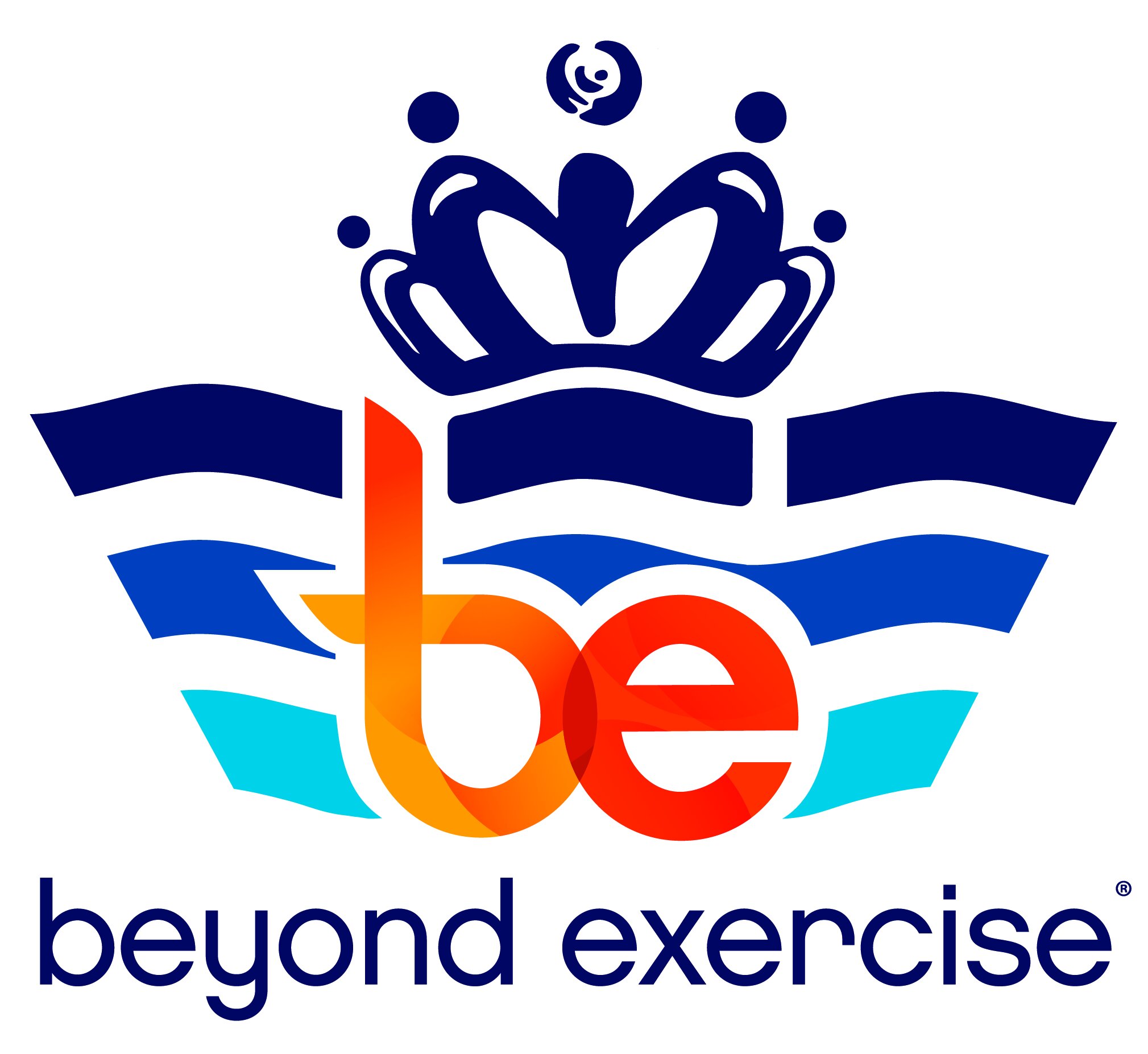Proper Arm Swing Can Lead To Better Efficiency and Reduce Injury Risk In Distance Runners
by Dr. Jen Moehring-Schmidt, PT, DPT, 2-time Boston Marathon Qualifier
The Author, Jen Moehring-Schmidt
Arm swing is not the first thing we typically think of when we are trying to improve our running form, but our arm swing can greatly dictate how efficiently we run.
There is a little bit of confusion about how to properly hold your arms and hands when running long distances (5k-marathon/ultra). Many runners will hold their elbows at a 90° angle, with the hands down by the hips. However, most east African runners, and also most professional runners who are breaking world records these days, hold their hands much closer to their chest, with elbows bent somewhere between 60 and 70°. Additionally, you will find that these same runners do not cross the hands over the midline of the body. Instead, they bring their hands just to midline, flirting with the center but respecting that invisible line, creating a diagonal path of motion with the arms.
In long distance running, as opposed to sprinting, it is important for the elbows and hands to be held at a tighter angle and closer to the body. One of the primary reasons for this is that it uses less energy to swing your arms in this manner. To feel the effect of holding your arm with a more acute elbow angle (short lever arm) versus a more wide elbow angle (long lever arm), stand up and place your arms in the short lever arm angle with elbows flexed to 60-70°. When you move your arms back and forth, you will notice that your body doesn’t have to work as hard to control the movement. Next, create a long lever arm by creating a 90° angle at your elbow. When you swing your arm back and forth you will feel that it requires more effort to produce the motion as well as control the extra torso movement that is produced with this longer lever arm, therefore requiring more energy to run. This is not good when one of the objectives to distance running is to use the least amount of energy while running your given pace, ie. maximize your running economy.
In addition to being more energy taxing, running with a larger elbow angle can sometimes contribute to changes in your center of mass that may force you to step too far in front of you. When your step length gets further from your center of mass, your body begins to absorb more force at the initial contact phase and your foot stays on the ground longer than ideal. Any time your foot stays on the ground longer than it should while running, the more strain will be placed onto your tissue (bone, ligaments, tendons, muscles). Over time, this strain can compound to the point where the tissue meets its “breaking point”, and you end up with a bone stress reaction or soft tissue injury such as plantar fasciitis, achilles tendon inflammation, patellar tendon pain, etc.
When running with a more compact arm swing, it is important to keep the elbows flexed between 60-70°. Additionally, you want to make sure you are pairing your arm swing with a high leg cadence while also slightly rotating your thoracic spine (mid-torso). In fact, if you are someone who has a slower leg cadence, swinging your arms at a faster rate can help to increase your leg cadence. (Learn why increasing your leg cadence is important.) The slight rotation of your torso will make it easier to maintain an efficient and compact arm swing in addition to promoting other important functions that help running, such as allowing your body to promote better transfer of force through your opposite gluteus maximus, improved torso stability via activation of your obliques, and normalization of intra-abdominal pressure which helps with pelvic floor function.
The bottom line? Work with your body, not against it. Keep the elbows tight and close to the body to prevent injury and boost efficiency when running for distance. Keep the hands from crossing the middle of your chest. Have fun. And enjoy your run!
[Want more? Learn how to make changes to your running form here.]
Men’s 1500m Final at Doha Championships
American Half Marathon Record Holder, Sarah Hall
Marathon World Record Holder, Eliud Kipchoge
2021 Marathon Olympic Bronze Medalist, Molly Seidel
Professional, Jordan Hasay






